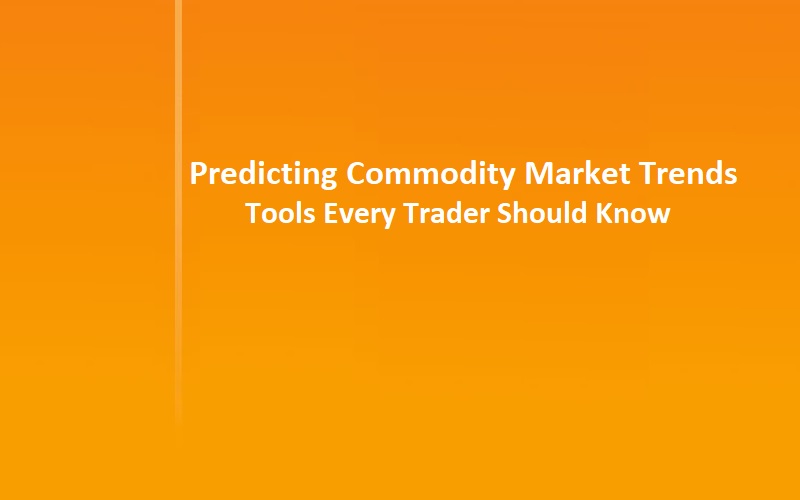In the fascinating world of commodities, whether you’re dealing with gold, oil, or coffee beans, predicting market trends can feel like you are navigating a maze. While it might seem challenging, with the right tools in hand, you can unveil opportunities and minimize risks. Here, we’ll explore the essential tools that can guide traders towards more informed decisions.
Technical Analysis
When traders look at past market data, primarily price and volume, they’re diving into technical analysis. This approach believes that price movements form patterns that are, at times, predictable. Charts are a primary tool here. They visually represent price movements over a specified period. But remember, while charts can be incredibly informative, they are no guarantee of future performance.
Fundamental Analysis
A step beyond the charts and numbers, fundamental analysis focuses on factors external to the trading world. Think about political events, weather patterns, or production statistics. Any of these can influence commodity prices. For example, a drought in Brazil could cause coffee prices to skyrocket. On the other hand, an increase in oil production might reduce crude oil prices. By understanding these factors, traders can often forecast potential supply and demand shifts.
Economic Indicators
Economic health plays a significant role in commodity prices. If an economy is thriving, construction might increase, leading to higher demand for commodities like steel or lumber. Therefore, regularly checking economic indicators such as GDP, unemployment rates, and manufacturing outputs can provide valuable insights.
Position Reports
Understanding how other traders are positioned can offer a glimpse into market sentiment. Position reports, like the Commitment of Traders (COT) report published by the U.S. Commodity Futures Trading Commission (CFTC), reveal the composition of the futures market. If large institutional traders are overwhelmingly bullish or bearish on a commodity, it could hint at upcoming trends.
Expert Insights
While it’s crucial to do your own research, listening to experts or reading a regular expert commodity report can provide new perspectives. Commodity analysts often have years of experience and can offer insights that might not be immediately apparent. Just remember, even experts can’t foresee the future with 100% accuracy, so take their opinions as part of a broader strategy.
News and Current Events
Staying updated with global news can’t be overemphasized. Events like geopolitical tensions, trade wars, or unexpected elections can all swing commodity prices. So, having a reliable news source, and perhaps more importantly, understanding the implications of such news on commodities, can be invaluable.
Historical Data
While the past can’t predict the future with absolute certainty, it can offer some clues. By analyzing historical data, traders can detect recurring patterns. For example, if gold prices tend to rise during economic recessions, knowing this historical trend can be useful during economic downturns.
Trading Platforms and Tools
Modern technology has gifted traders with sophisticated platforms offering a myriad of tools. Real-time price tracking, advanced charting options, and even algorithmic trading are now accessible to most traders. Leveraging these tools can aid in more precise decision-making.
Predicting commodity market trends is no easy feat. However, with a combination of these tools, you can be better equipped to make informed choices.



